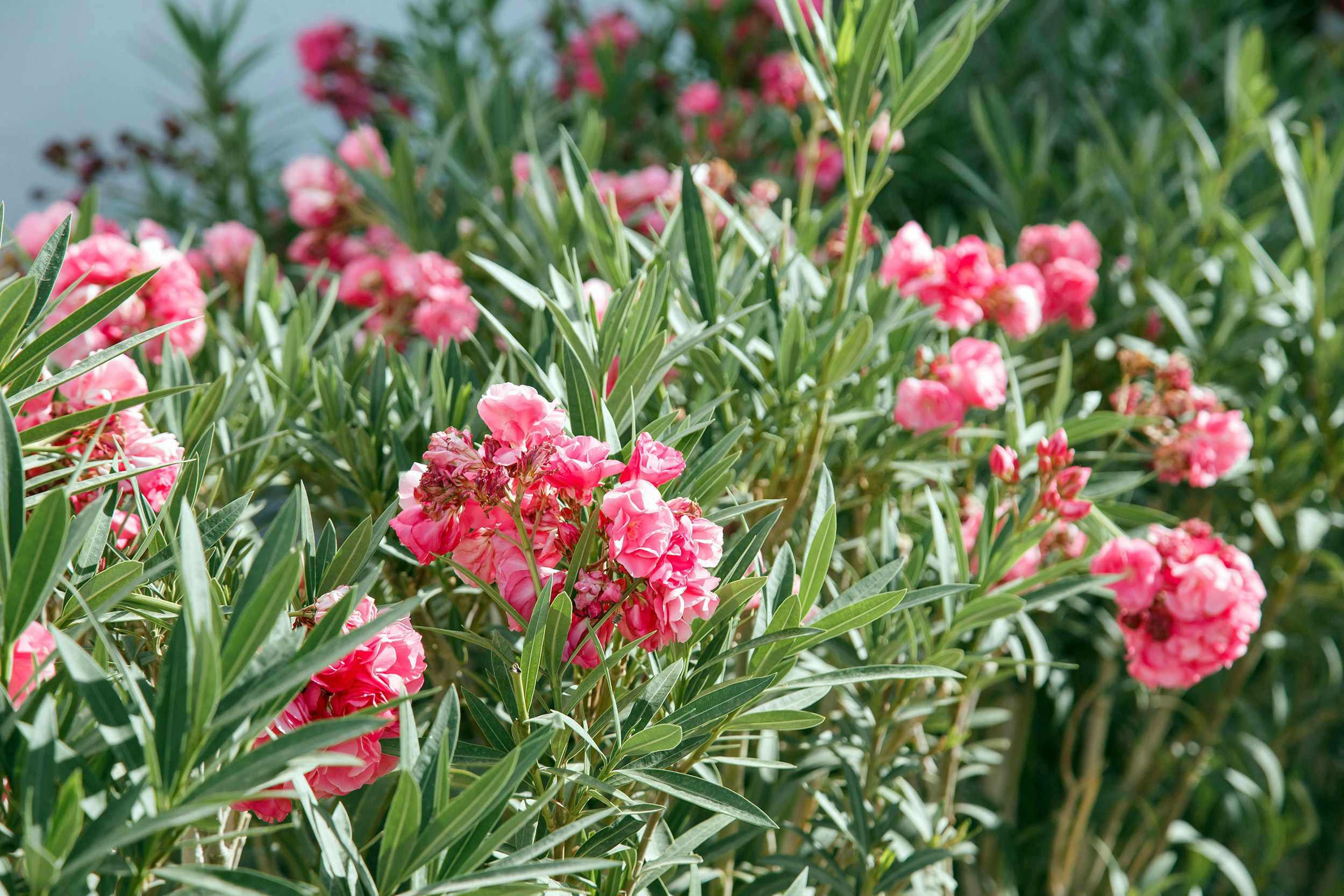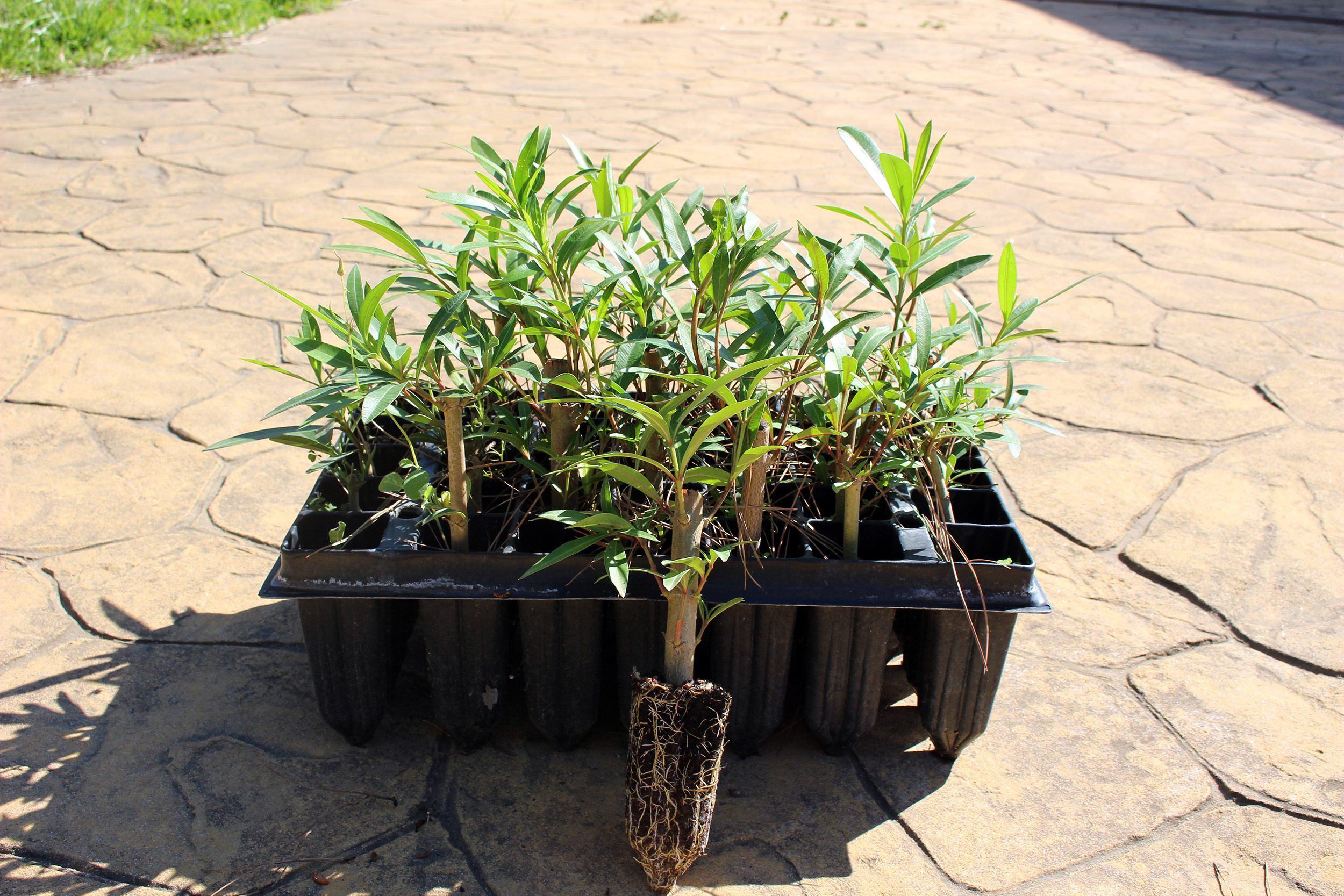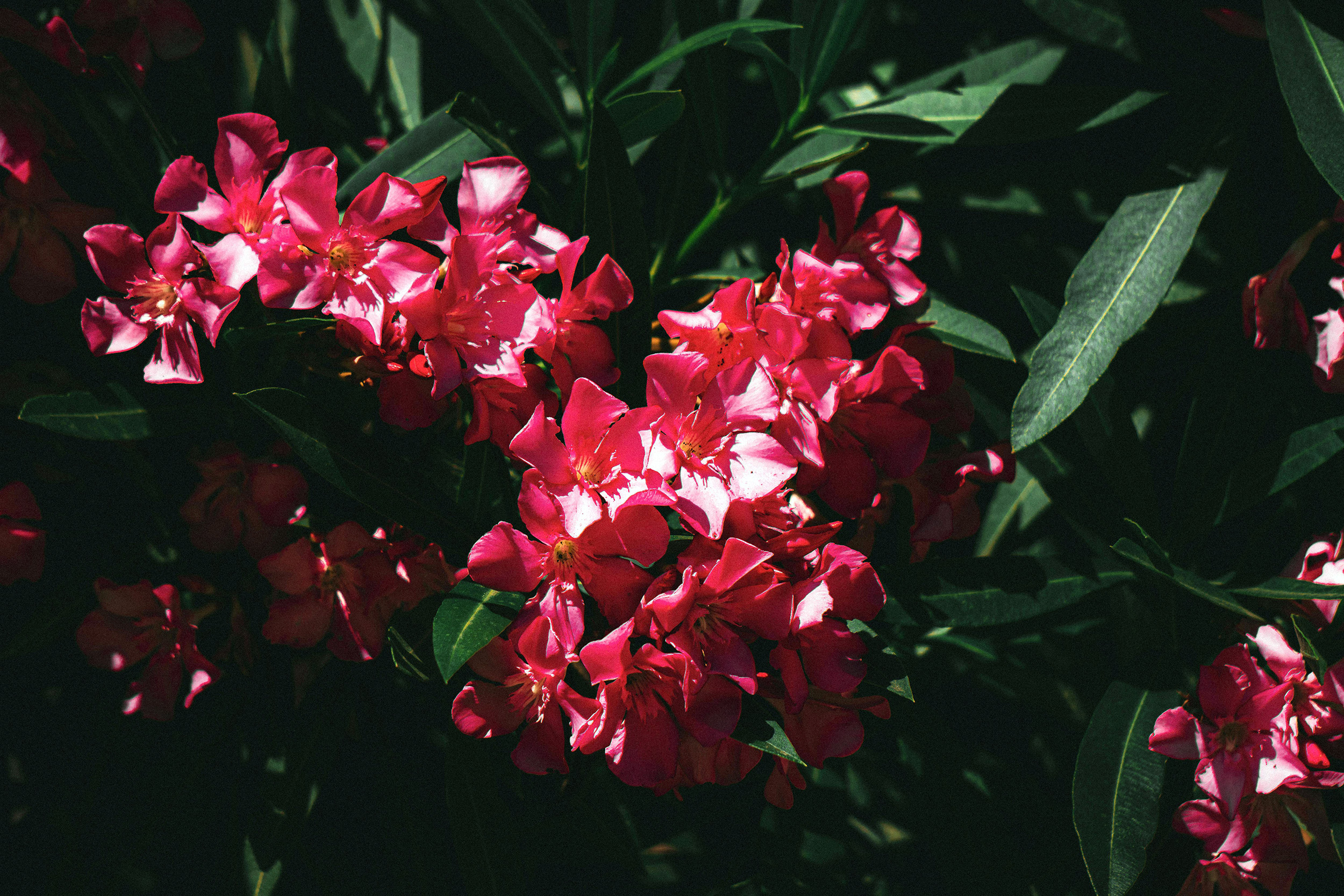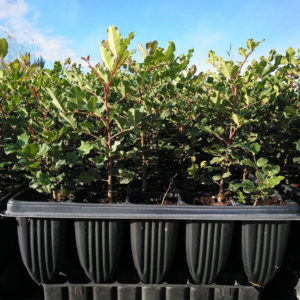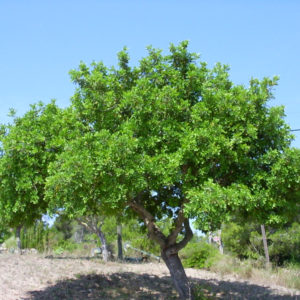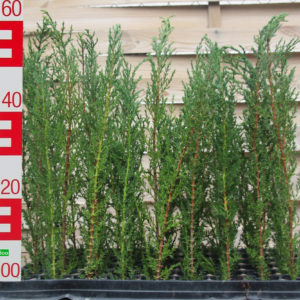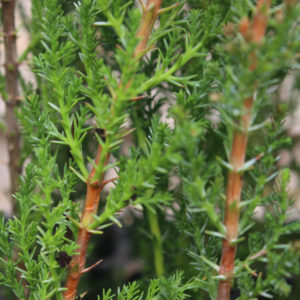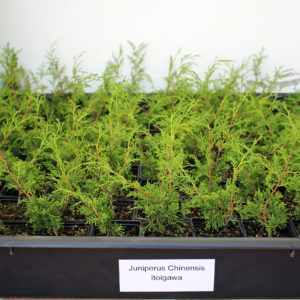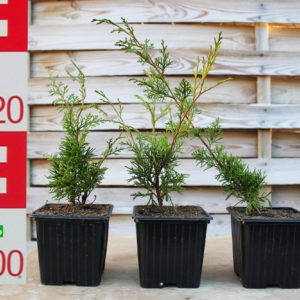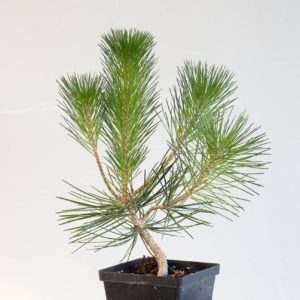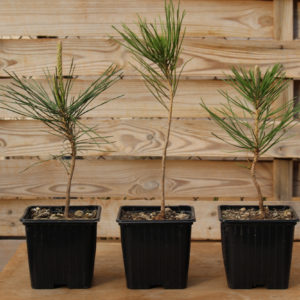Description
Nerium Oleander (Rosebay) is a highly ornamental evergreen shrub or small tree valued for its showy flowers and tough, drought-tolerant nature. Native to the Mediterranean region and parts of Asia, it has spread worldwide as a landscape plant, especially in warm, arid climates. Despite its visual appeal, oleander carries a dark reputation: it is one of the most toxic garden plants commonly cultivated, and every part of the plant is poisonous if ingested.
Botanical Overview
- Scientific name: Nerium oleander
- Common names: Oleander, rosebay, kaner
- Family: Apocynaceae (dogbane family)
- Origin: Mediterranean Basin, Middle East, South Asia
- Growth habit: Evergreen shrub or small tree
- Size: Typically 6–20 feet (2–6 meters) tall and wide, depending on variety and conditions
- Lifespan: Long-lived perennial
Oleander is classified as a broadleaf evergreen, meaning it retains its leaves year-round. It is fast-growing and often used as a screening hedge, windbreak, or standalone ornamental in public landscapes and private gardens.
Leaves and Flowers
Oleander’s leaves are thick, leathery, and lance-shaped — typically 4–10 inches long and arranged in pairs or whorls of three along the stem. They have a dark green, glossy upper surface and a paler underside. The leaves contain toxic compounds that deter browsing by animals.
The plant’s most attractive feature is its flowers. These grow in clusters at the ends of branches and bloom from spring through fall in warm climates. Each flower has five petals, often overlapping and slightly ruffled. Color varieties include white, pink, red, salmon, and yellow. Some cultivars are single-flowered, while others are double, giving a fuller appearance.
The fragrance of oleander flowers varies — some have a sweet, subtle scent, while others are nearly odorless. Despite their beauty, they produce no nectar and offer little value to pollinators like bees and butterflies.
Growth and Cultivation
Oleander is widely used in landscaping because it is low-maintenance and highly adaptable. It tolerates poor soils, salt spray, heat, and drought, making it especially common in coastal and desert regions.
Climate:
Oleander thrives in USDA hardiness zones 8–11. It prefers full sun and can handle extreme summer temperatures. In cooler zones, it may die back in winter but regrow from the roots in spring if mulched and protected.
Soil:
It grows well in a range of soils — from sandy to clay — provided drainage is good. It prefers slightly acidic to neutral pH levels but is not picky.
Watering:
Once established, oleander is drought-tolerant. Regular watering promotes fuller growth and more prolific blooming, but overwatering can lead to root rot. It’s a good choice for xeriscaping and other low-water gardens.
Pruning:
Oleander responds well to pruning and can be shaped into a tree or maintained as a compact shrub. Pruning is typically done in late winter or early spring to control size and remove dead wood. Gloves are essential when handling the plant due to its toxicity.
Pests and Problems:
While relatively pest-resistant, oleander can suffer from scale insects, aphids, and oleander caterpillars — the larvae of a moth that defoliate the plant. A more serious threat is oleander leaf scorch, a bacterial disease spread by sharpshooter insects. It causes leaf yellowing, branch dieback, and eventual death of the plant. There is no cure, and infected plants must be removed to prevent spread.
Toxicity
All parts of the oleander plant are highly toxic — including the leaves, stems, flowers, and sap. The primary toxic compounds are oleandrin and neriine, both of which are cardiac glycosides that affect the heart. Ingesting even small amounts can cause serious symptoms or death in humans and animals.
Symptoms of poisoning include:
- Nausea and vomiting
- Abdominal pain
- Irregular heartbeat
- Drowsiness or confusion
- In severe cases: cardiac arrest
Children and pets are especially at risk. Even dried leaves remain toxic. Additionally, smoke from burning oleander wood or clippings can irritate the respiratory system. For this reason, caution is advised when planting near areas frequented by children or animals.
Despite its dangers, oleander is occasionally used in folk medicine, but this is highly discouraged due to the narrow margin between a “dose” and a lethal amount.
Varieties and Cultivars
Over the years, many oleander cultivars have been developed for different flower colors, sizes, and growth habits. Some notable types include:
- ‘Petite Pink’: A dwarf variety, great for small spaces.
- ‘Hardy Red’: Bright red blooms and good cold tolerance.
- ‘Mrs. Roeding’: A soft pink, double-flowered variety.
- ‘Calypso’: A vigorous, deep pink cultivar often used in highway plantings.
These cultivars offer gardeners options for different landscape needs, from hedging to accent plants.
Uses in Landscaping
Oleander is often planted for practical purposes:
- Hedges and screens: Its dense foliage and fast growth create privacy barriers.
- Highway medians: It tolerates pollution and reflected heat from pavement.
- Erosion control: Its root system helps stabilize slopes and embankments.
- Windbreaks: Particularly in coastal or open environments.
Its long blooming period and minimal maintenance make it a popular choice in public and commercial landscapes.
Cultural and Historical Notes
Nerium oleander has been cultivated since ancient times. It appears in Greek, Roman, and Middle Eastern texts and art. While admired for its beauty, its toxic nature has also made it a symbol of danger or deceit in various cultures. It’s mentioned in literature as both an alluring and deadly plant — a fitting metaphor for its dual nature.
In modern times, its use in urban design remains widespread, but increasing awareness of its toxicity has led to more cautious planting in residential areas.
Nerium oleander is a plant of striking contrasts — visually lush and vibrant, yet potentially lethal. Its durability and beauty have earned it a permanent place in gardens and cityscapes around the world, especially in hot, dry regions where few other shrubs perform as well. But its dangers are real and should never be underestimated.
If handled with care and planted wisely, oleander can be a valuable ornamental. But for those with pets, small children, or a need for pollinator-friendly plants, safer alternatives may be worth considering.
Scientific name: Nerium Oleander
Common name: Rosebay, Oleander
Origin: Spain
Height of growth: Up 5 meters
Hardy: down to -15 degrees
Heat sensitive: No
Sensitive to wind: No
Delivery form: Balled plants without pot
Plant height: 20-30 cm
Additional information
| Weight | N/A |
|---|---|
| Color | red |
